Discover Talking About Organizations Podcast
Talking About Organizations Podcast

Talking About Organizations Podcast
Author: Tom Galvin | Pedro Monteiro | Rohin Borpujari | Greetje Corporaal | Catherine Jackson | Miranda Lewis | Leonardo Melo Lins | Samantha Ortiz-Casillas | Sarah Otner | Ralph Soule | Frithjof Wegener
Subscribed: 193Played: 4,292Subscribe
Share
© Copyright Talking About Organizations
Description
Talking About Organizations is a conversational podcast where we talk about one book, journal article or idea per episode and try to understand it, its purpose and its impact. By joining us as we collectively tackle classic readings on organization theory, management science, organizational behavior, industrial psychology, organizational learning, culture, climate, leadership, public administration, and so many more! Subscribe to our feed and begin Talking About Organizations as we take on great management thinkers of past and present!
282 Episodes
Reverse
Talking About Organizations has always been a free resource, available to students and scholars of organizations and management for almost 10 years now! Unfortunately, it is not free to produce, so we are turning to you, our listeners, to please help us keep the show on air, ad free, and without any paywalls!If you value the work that we do, please help us cover operating costs with the price of a coffee (or multiple coffees): https://www.buymeacoffee.com/taopThank you so much!NB. If you'd like to support us in some other way, please don't hesitate to get in touch via our social media accounts!
We conclude our look at Lawrence Peter’s The Peter Principle by discussing why the Principle is timeless is its quality. Our contemporary experiences with hierarchies may have changed due to greater mobility of workers, but the Principle itself provokes our thinking about management. We also discuss how Peter used satire to present his points and why it seems to be so effective in this particular instance. Is satire a reasonable method to launch and disseminate ideas, and if so, how and when it is most suitable?
The diligent administrative assistant moves up to supervisor but fails. The assembly line worker is promoted to foreman but cannot do the job. A teacher earns a deputy principal position in a school but falls flat on their face. Why is that? Why does this seem to happen across organizations?In The Peter Principle, Lawrence J. Peter and Raymond Hull not only provides answers to these questions, they delve into all the possible implications. The Principle goes like this, “In a hierarchy, everyone rises to their level of incompetence.” How they derived this principle the subject of our conversation that explores one of the funniest but more insightful book on the perils of organizational life ever written.
We will provide our take on The Peter Principle, the book that provided the old adage, “In a hierarchy, everyone rises to their level of incompetence.” While the book was written as satire, it touched a nerve of many people frustrated about organizational life. A fun episode!
We conclude the episode by looking to the present day and how the negotiations over work visibility has evolved since the turn of the 21st century. Have the emergence of social media, emergence of general computing platforms over the proprietary systems from the 1990s, and increased competitive pressures driving quests for efficiency challenged or reinforced the arguments that Star and Strauss made in the article? Reviews and reactions are decidedly mixed.
In this episode, we focus on the emerging discourse from the 1990s on how automated systems would potentially change the very meaning of work. The discussion is on a seminal work of Susan Leigh Star and co-author Anselm Strauss, “Layers of Silence, Arenas of Voice: The Ecology of Visible and Invisible Work,” published in CSCW’s flagship journal, Computer-Supported Cooperative Work, in 1999. The article focuses on the challenges and risks of automating work processes without due consideration of all the invisible work done in an organization that systems designers might overlook. Moreover, it addresses the unintended consequences of making invisible background work visible, such as making it easier for managers to monitor and control.
We will discuss Susan Leigh Star’s “Layers of Silence, Arenas of Voice: The Ecology of Visible and Invisible Work,” published in Computer-Supported Cooperative Work in 1999. The article deals with the challenges and risks of automating work processes without due consideration of all the invisible work done in an organization that systems designers might overlook.
Since Edelman’s two articles were published, a lot of research has followed into the ever-evolving environment engulfing organizations and the legal systems they operate under. It is more important to comply with the letter of the law or its intent? Why do organizations expend so much energy trying to avoid legal liability rather than pursue the intentions of the legislators to improve employer-employee relationships, such as in the case of civil rights law that tries to eliminate discrimination from the workplace?
In this episode, we explore two articles from Lauren Edelman, “Legal Ambiguity and Symbolic Structures: Organizational Mediation of Civil Rights Law” from 1992 and “The Endogeneity of Legal Regulation: Grievance Procedures as Rational Myth” from 1999. These studies showed a wide variety of organizational responses to the enactment of civil rights legislation, but that certain responses were legitimated due to their success in symbolically showing effort in addressing discrimination and thus institutionalized across other organizations.
Coming soon! We examine the works of Lauren Edelman who explored organizations and their responses to new laws that impact their relationships with employees. Using civil rights laws as an illustration, she shows how ambiguities in the law and unclear enforcement mechanisms contribute to organizations having to define and measure compliance themselves, leading to outcomes that may deviate from the law’s intentions.
Professional competition both within the personal problems jurisdiction and from outside it (e.g., insurance and accounting) continued to shape the availability and quality of mental health care to the present day. Yet the landscape has changed – social stigmas against those seeking mental health care seem to have waned. Yet, the cost and lack of access to care has also led to alternative, mostly non-professional, approaches to dealing with personal problems. Grounded on Abbott’s work, we consider some of these dynamics in a time of technological changes and increasing challenges to professions and their expertise.
In this episode, we return to Andrew Abbott’s The System of Professions: An Essay on the Division of Expert Labor from 1989 to study in depth one of his case studies that may illuminate the present-day mental health crises gripping many nations from the COVID-19 pandemic. “The Construction of the Personal Problems Jurisdiction” chronicles how social changes from the Industrial Revolution led to the maladjustment and isolation felt by many newly industrialized workers who could no longer reach back to the stable social structure from whence they came. As a result, several professions emerged and competed for jurisdiction over the diagnosis and treatment of personal problems.
We return to Andrew Abbott’s System of Professions and examine the third of his case studies that informed his conceptual framework for understanding professional work and jurisdictional claims. “The Construction of the Personal Problems Jurisdiction” chronicled how social changes from the Industrial Revolution led to the maladjustment and isolation felt by many. As a result, several professions emerged and competed for jurisdiction over the diagnosis and treatment of such personal problems—what we currently label mental health problems.
The 1959 book The Presentation of Self in Everyday Life by Erving Goffman became a seminal text for several emergent subfields such as impression management and symbolic interactionism, while also greatly influences studies of organizational behavior. But it was also a product of its time, with its many examples and explanations rooted in societal norms or behaviors that have long since changed or dissipated. How well does the original text truly stand up to today’s post-pandemic environment?
Erving Goffman’s 1959 book The Presentation of Self in Everyday Life was an important attempt at explaining both apparent and hidden human behaviors across social and organizational settings. Through a comprehensive framework employing theater as a metaphor, he describes the roles of people as performers and members of an audience who try to shape the unfolding situation in ways suitable to their aims. Meanwhile, there is a backstage where people return to being themselves and proceed to set conditions for the next performance, and rules and protocols seek to protect such backstage behaviors from unwanted observation or disclosure. The aim for each person is to be seen in the best or most purposeful light.
Our next episode features Erving Goffman’s 1959 book The Presentation of Self in Everyday Life that presents a comprehensive framework for understanding human interactions and impression management. Through numerous examples, he explains how humans in social settings try to read and shape the environment so they can act accordingly within it and generate the desired reactions of others present. This is accomplished through the metaphor of theater and dramaturgical analysis.
In the conclusion of this episode on Meyer and Rowan’s “Institutionalized organizations: Formal structure as myth and ceremony,” we review some of the studies that followed and how well the author’s arguments have stood the test of time. We explore contemporary examples that show how conformity to institutionalized rules is necessary for organizations to survive, yet, because they can detract from the organization’s purpose, organizations enact rituals to show that it is adhering to the “rules”, yet in practice they try to shield their core work processes from interruption or intervention.
In this month’s episode, we discuss John Meyer and Brian Rowan’s famous 1977 article “Institutionalized organizations: Formal structure as myth and ceremony.” In it, they argued that “institutionalized products, services, techniques, policies, and programs function as powerful myths, and many organizations adopt them ceremonially” (p. 340), even if they result in organizations becoming less efficient or effective in their intended missions or purposes. In fact, these myths can become so powerful as to stigmatize organizations that reject them. In Part 1, we explore the author’s arguments in depth and compare it to the rational theories of organizing that dominated beforehand.
We explore John Meyer and Brian Rowan’s famous 1977 article “Institutionalized organizations: Formal structure as myth and ceremony.” Coming at a time when rational theories of organizing faced multiple challengers, Meyer and Rowan proposed that institutionalization of socially accepted (or demanded) norms played a significant role in driving formal structures. The article has led to significant and relevant research in institution theory that continues to this day.
We sit down with Woody Powell and Bob Gibbons who, since 2016, have been organizing the summer institute on Organizations and Their Effectiveness at the Center for Advanced Study in Behavioral Sciences (CASBS) in Stanford, California. We ask them to reflect on the history of CASBS and the summer institute, the value of fostering interdisciplinary conversations on the study of organizations, and the way in which they design and conduct the summer institute to allow young scholars across economics, sociology, management, public policy, political science, information and communication studies, and other fields, to learn from one another.


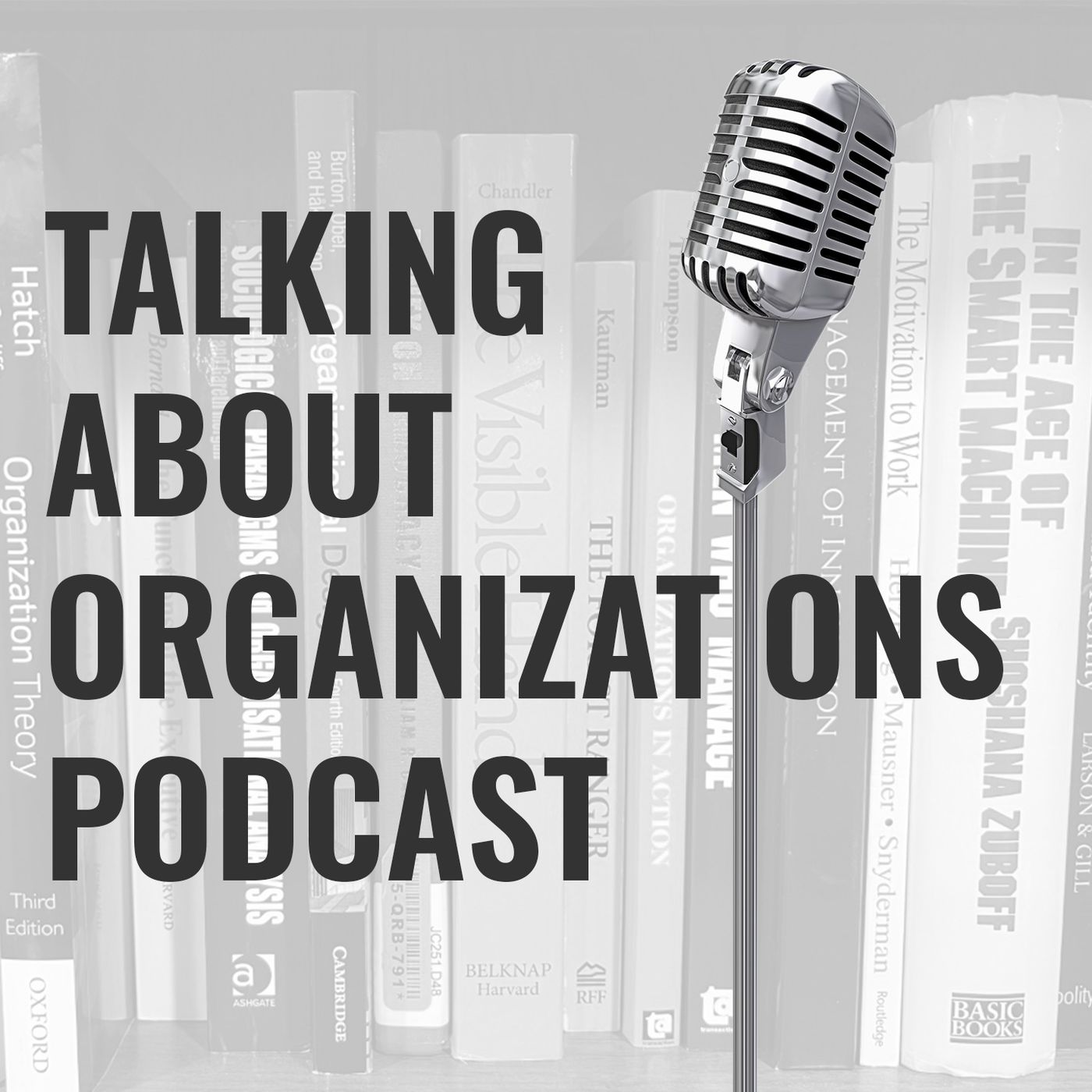
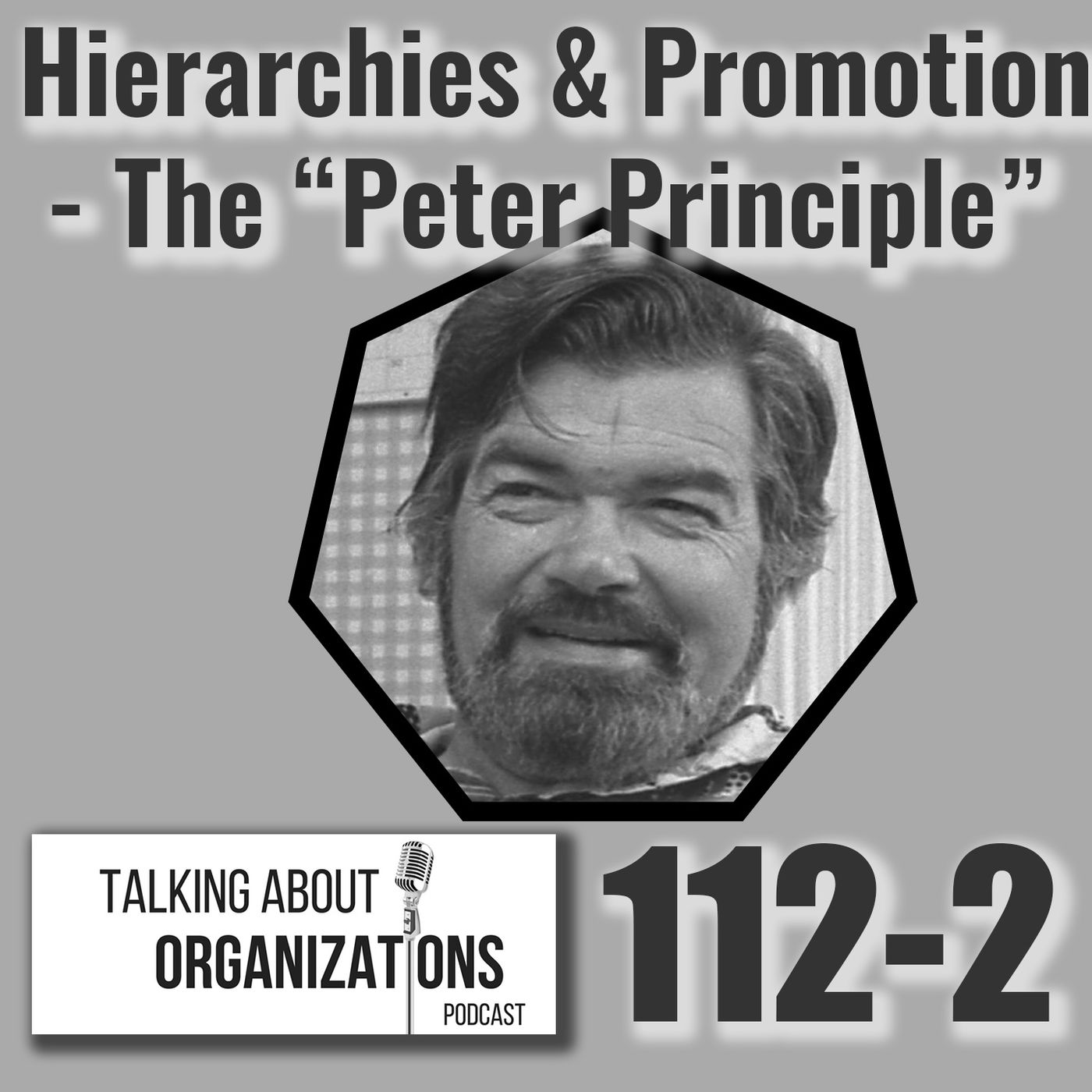
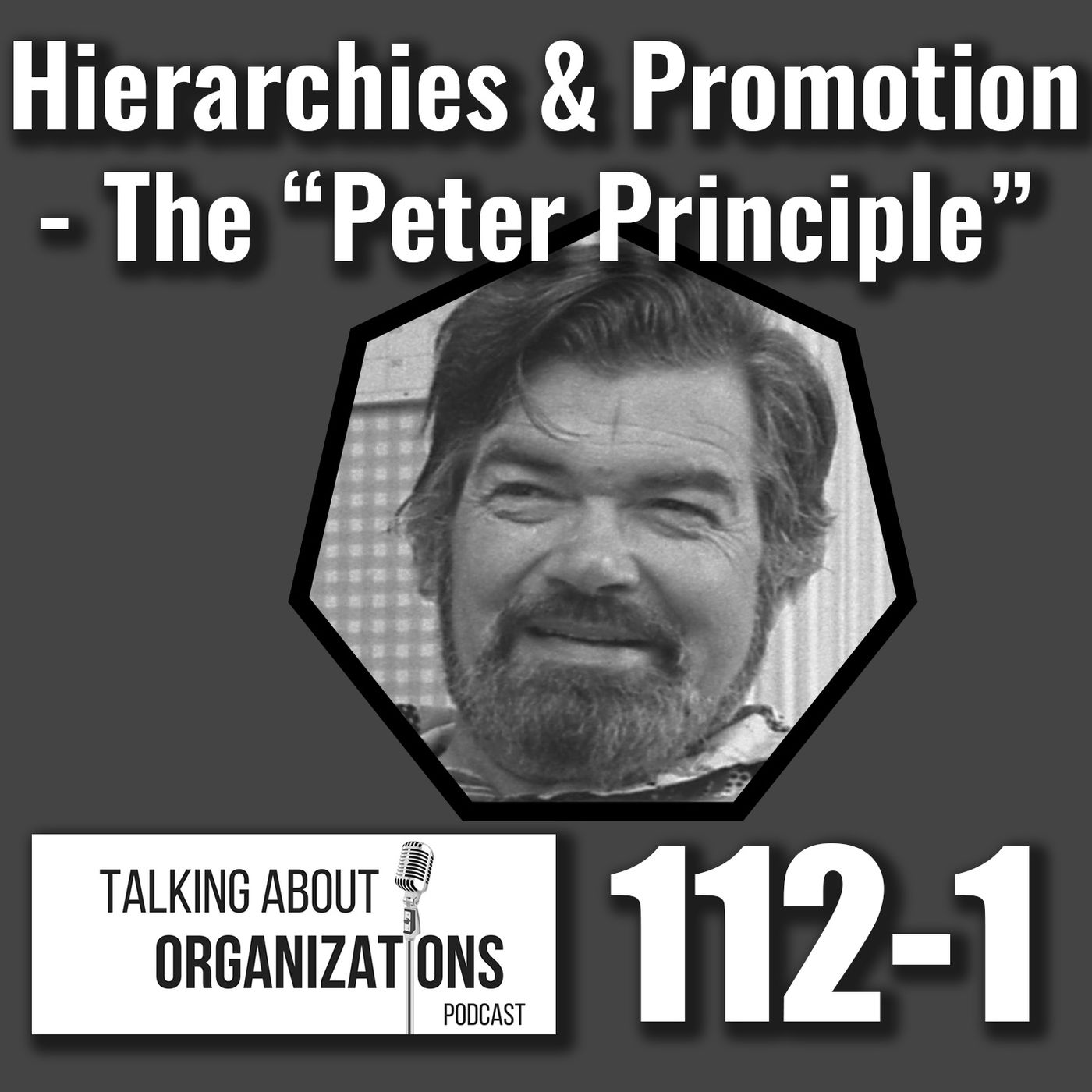
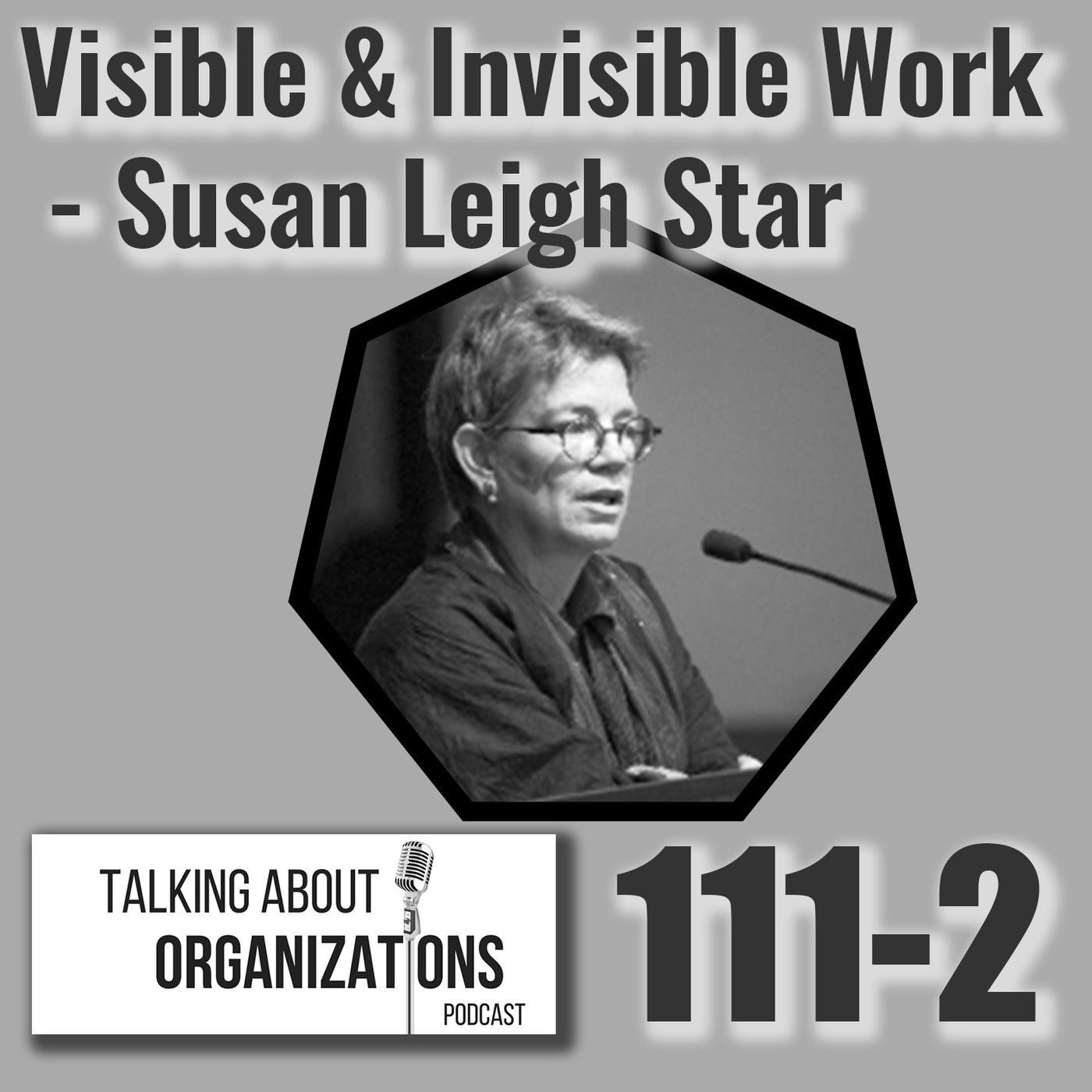
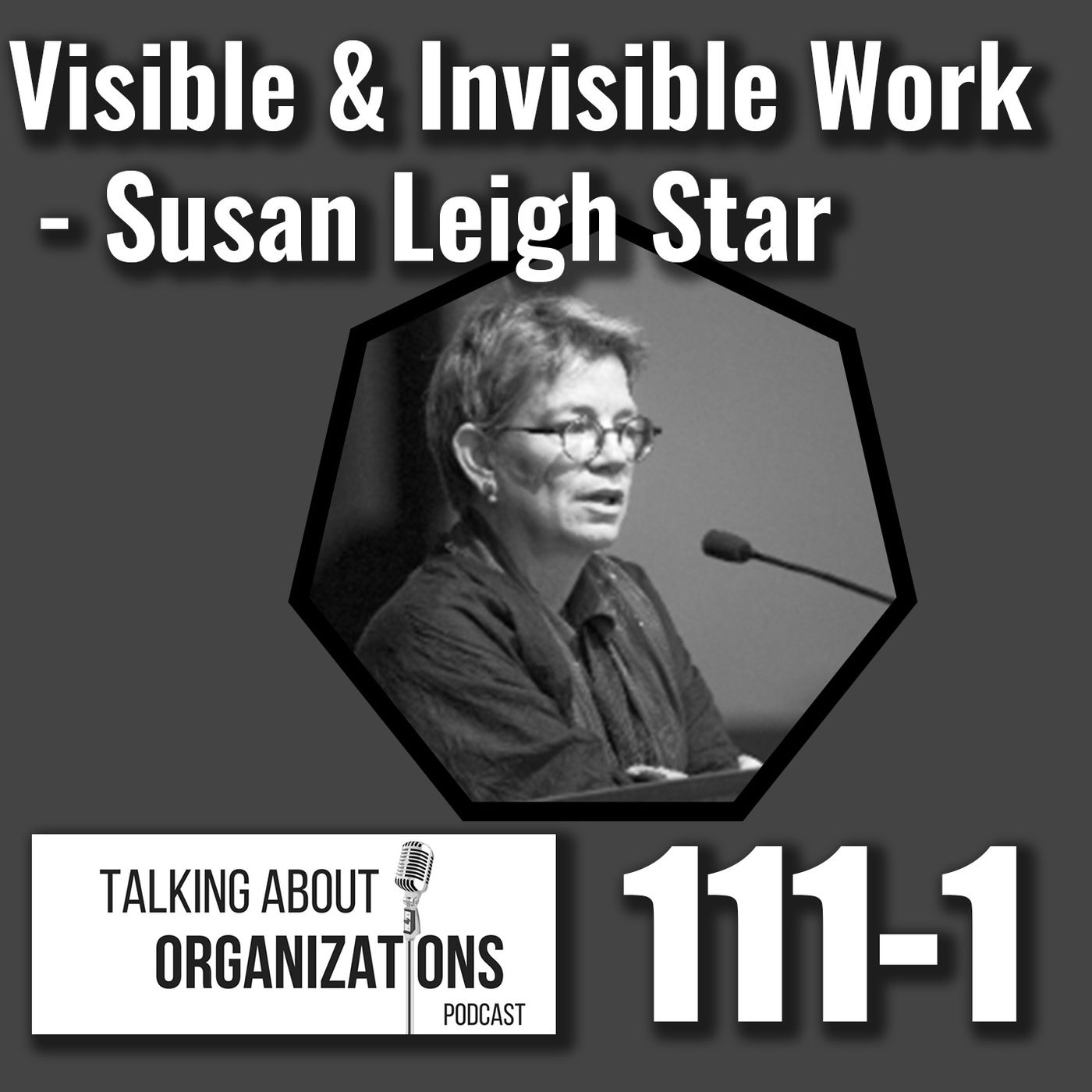
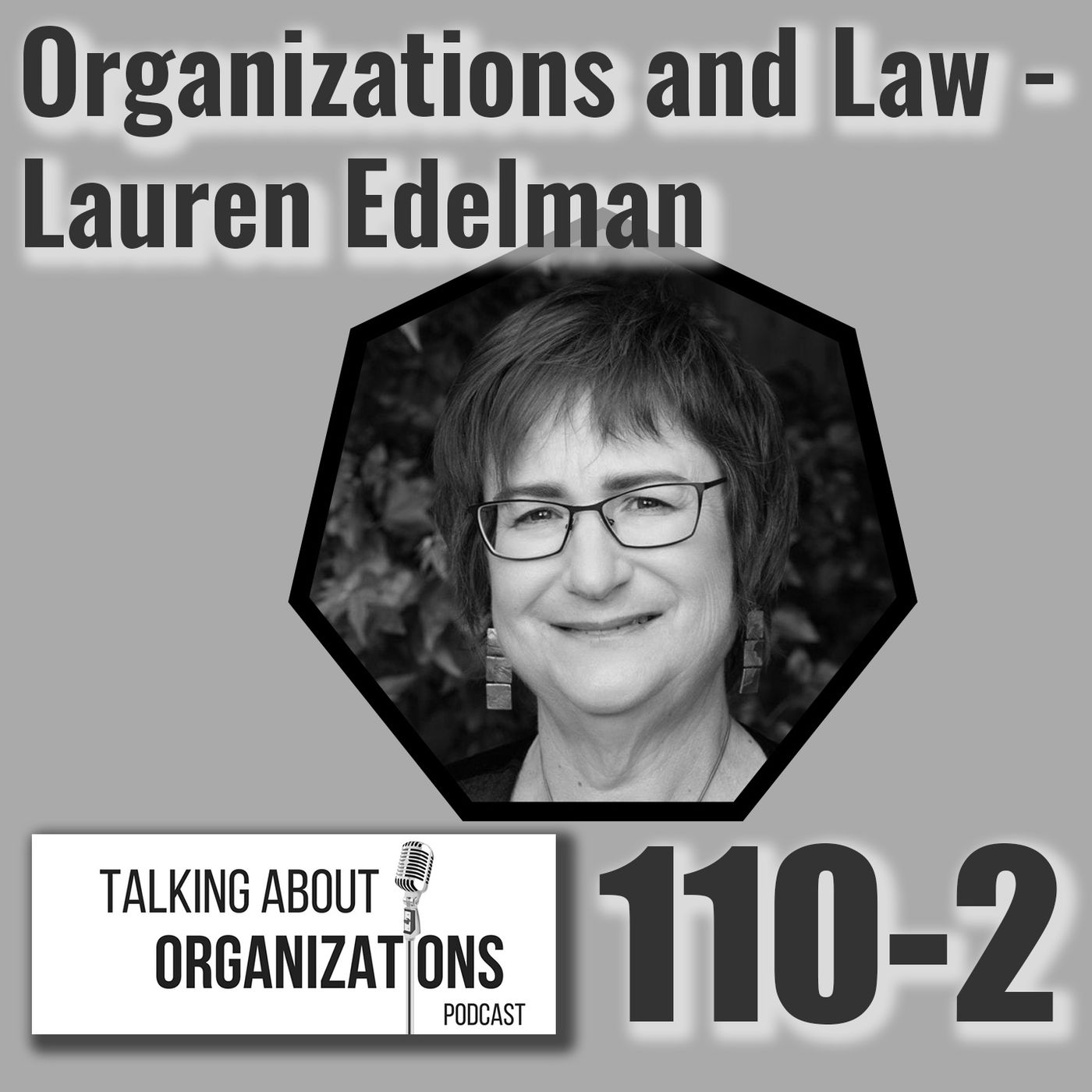
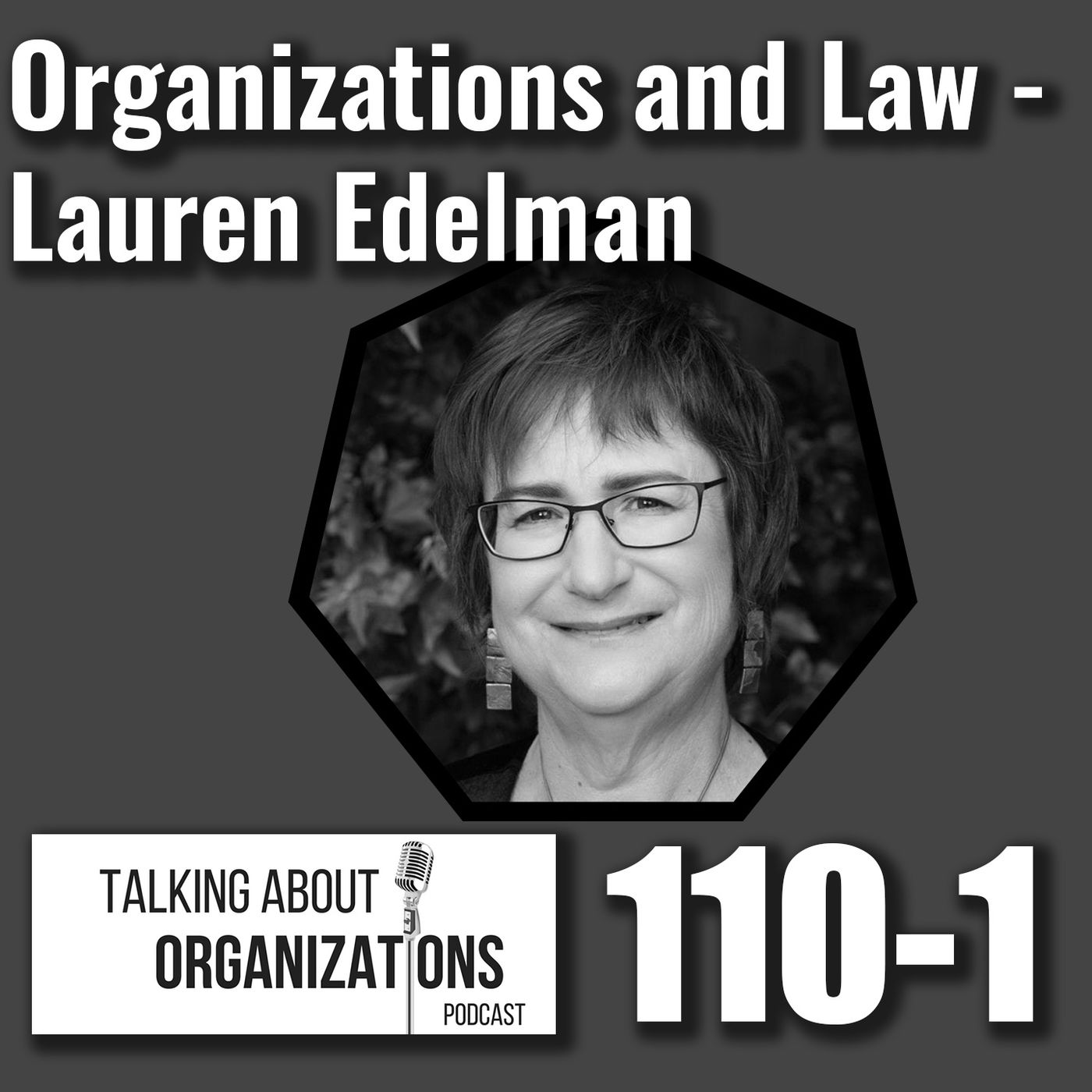
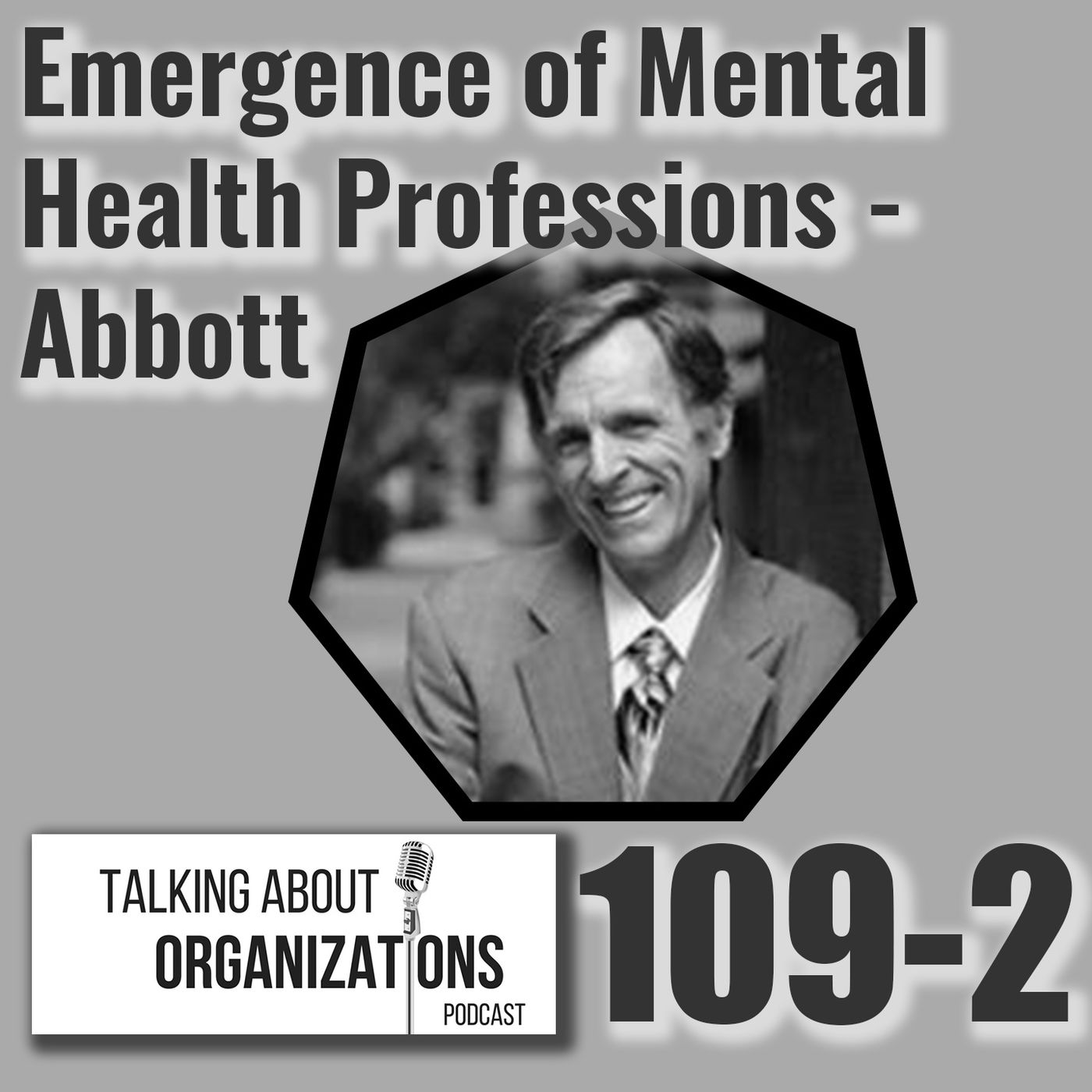


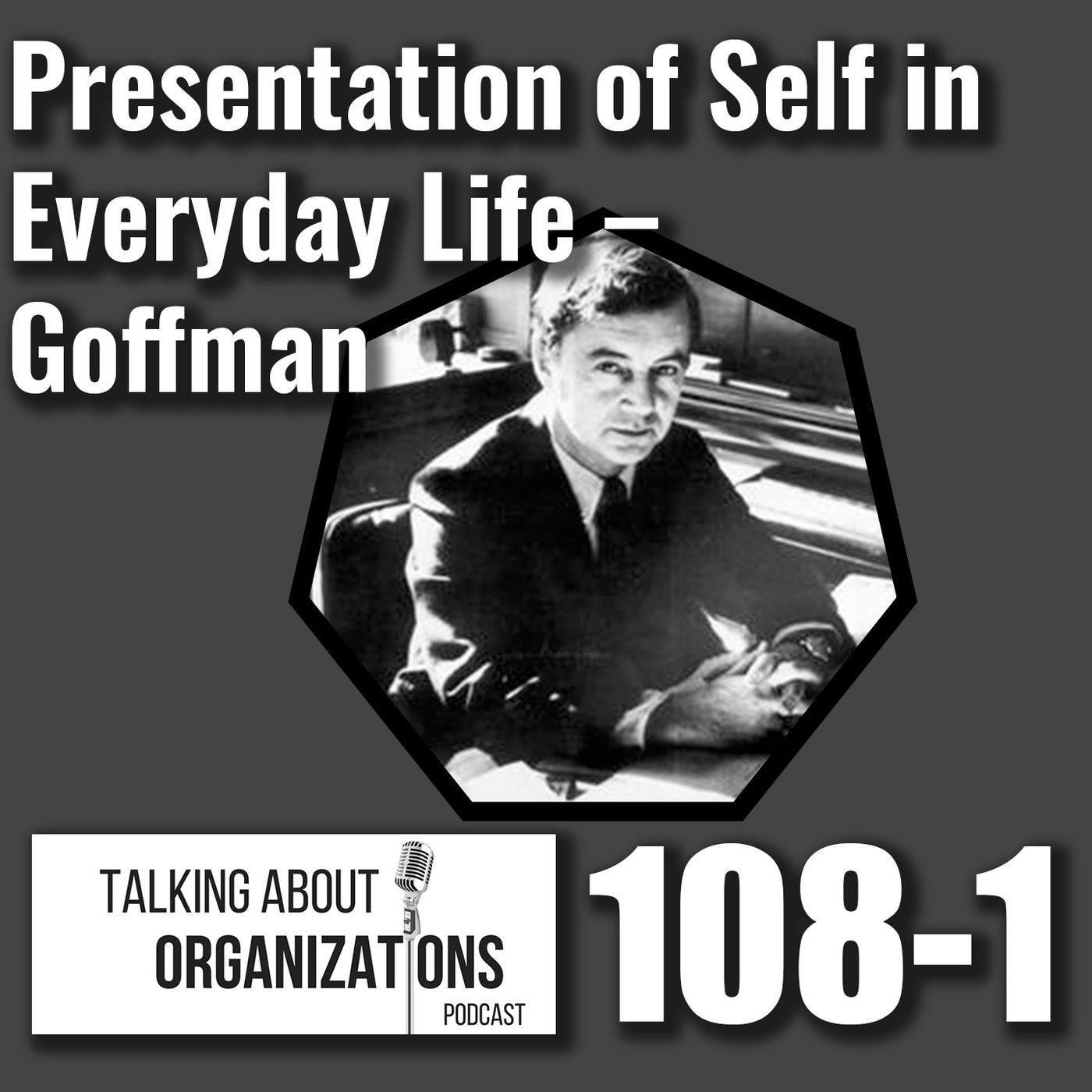
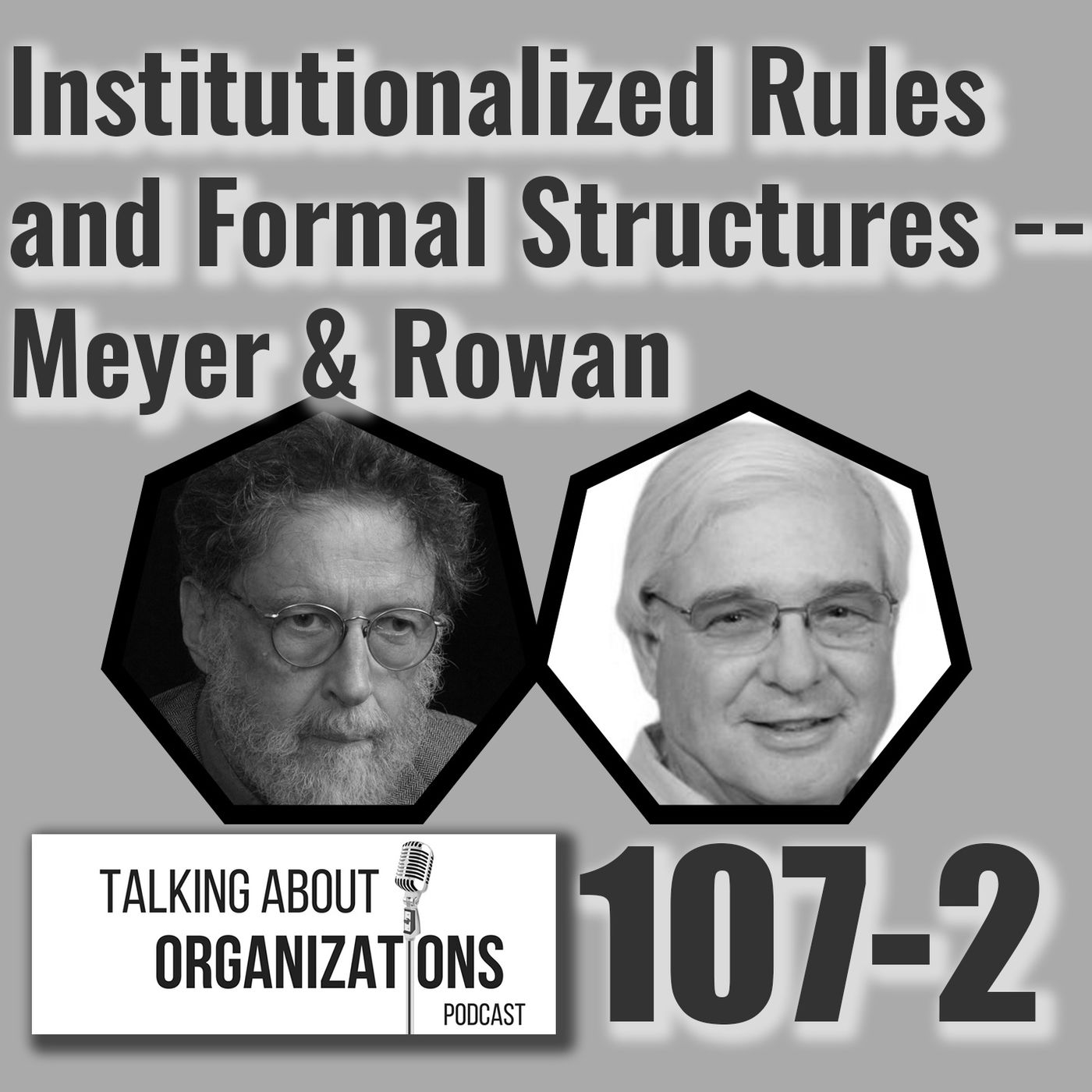
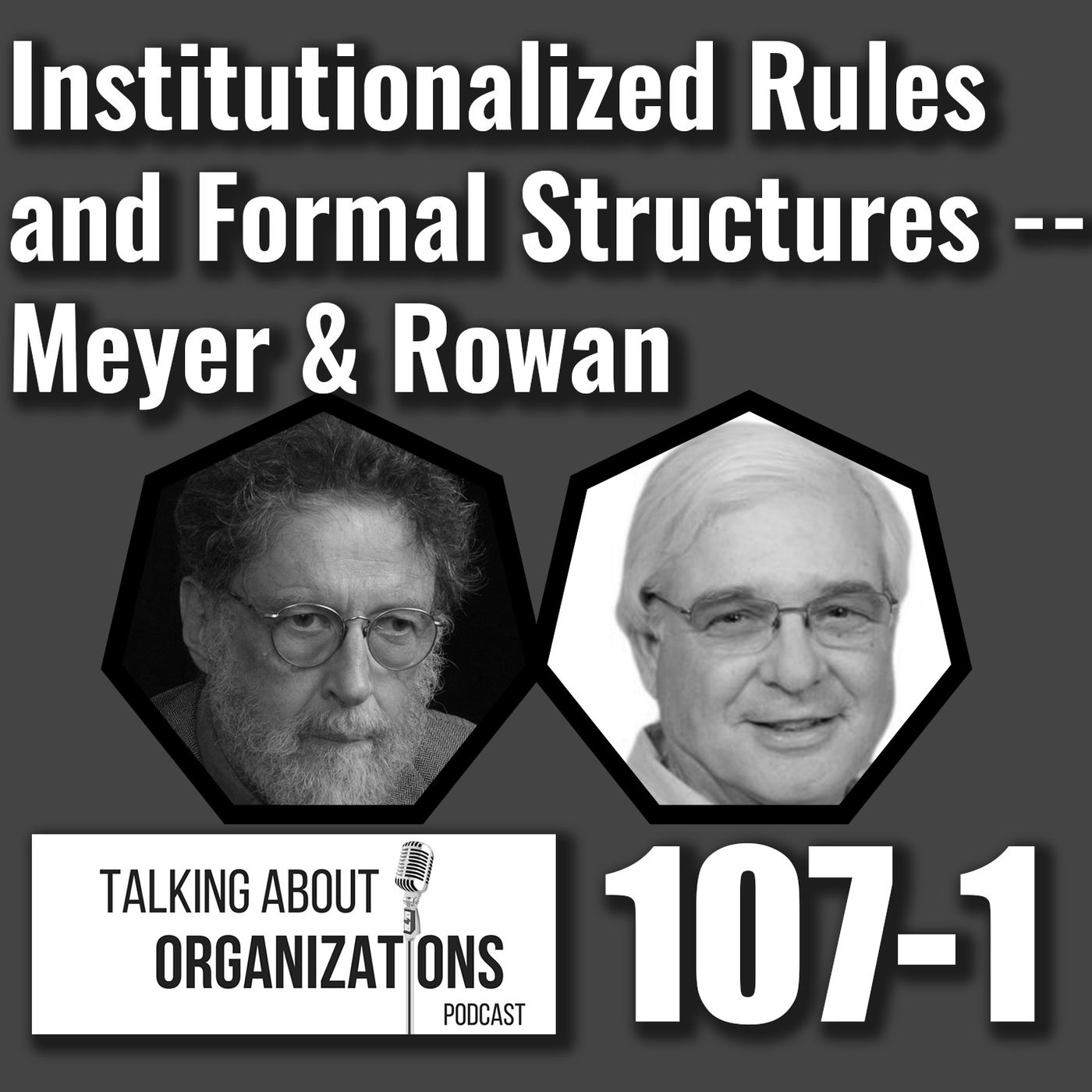
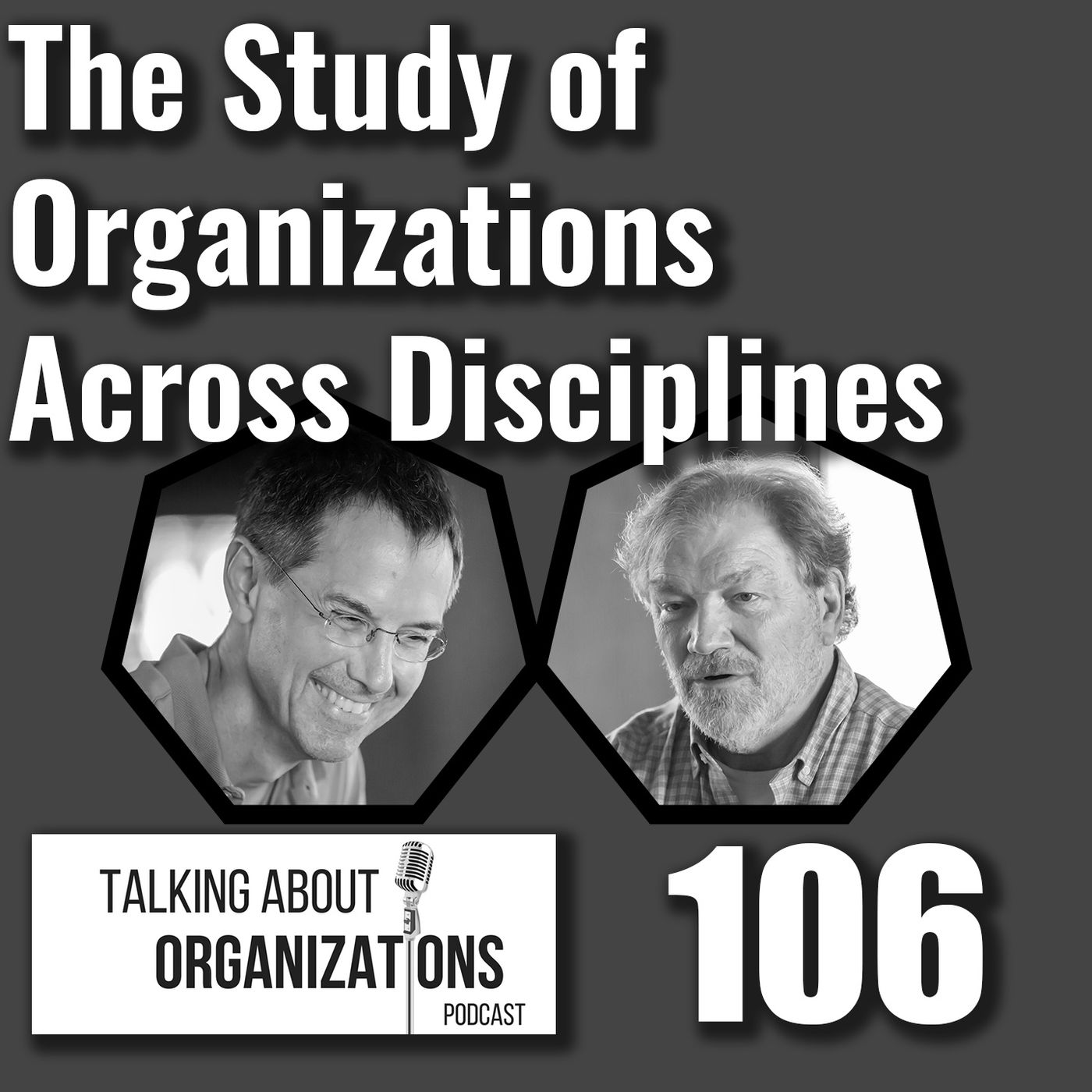



Interesting conversation! Too bad about the very bad sound quality though, many things are not possible to hear at all...